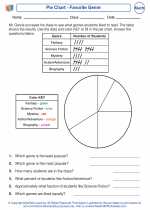Digital Currency
Digital currency is a type of currency available only in digital form, not in physical (such as banknotes or coins). It is also known as electronic money or cryptocurrency. Digital currencies are decentralized and usually operate on a technology called blockchain, which is a distributed ledger that records all transactions across a network of computers.
Types of Digital Currency
- Cryptocurrencies: Examples include Bitcoin, Ethereum, and Litecoin. These are decentralized and use cryptography for security.
- Central Bank Digital Currencies (CBDCs): Issued and regulated by the central bank of a country.
- Virtual Currencies: Used in online gaming and social media platforms. Examples include World of Warcraft gold and Facebook credits.
Advantages of Digital Currency
- Accessibility: Can be accessed and transacted anywhere with an internet connection.
- Security: Transactions are secure and can be verified through blockchain technology.
- Lower Transaction Fees: Digital currency transactions often have lower fees compared to traditional banking systems.
- Financial Inclusion: Provides access to financial services for individuals who are unbanked or underbanked.
Challenges of Digital Currency
- Regulatory Uncertainty: Many countries have not yet established clear regulations for digital currencies.
- Volatility: Cryptocurrencies can experience significant price fluctuations.
- Security Concerns: Hacking and fraud are potential risks in the digital currency space.
- Adoption: Some people may be hesitant to adopt digital currencies due to unfamiliarity or lack of understanding.
Studying Digital Currency
To understand digital currency, it's important to study topics such as blockchain technology, cryptography, financial regulations, and the economics of digital currencies. Additionally, staying up to date with the latest developments in the digital currency space through reputable sources is crucial for a comprehensive understanding.
It's also helpful to explore case studies of successful digital currency implementations and learn about the potential impact of digital currencies on traditional financial systems.
.◂Math Worksheets and Study Guides Fourth Grade. Represent Data
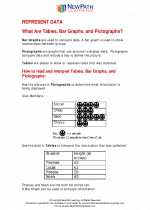
 Worksheet/Answer key
Worksheet/Answer key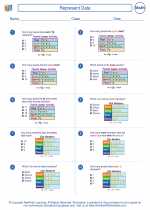
 Worksheet/Answer key
Worksheet/Answer key
 Worksheet/Answer key
Worksheet/Answer key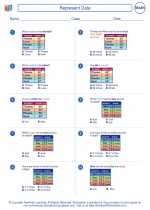
 Worksheet/Answer key
Worksheet/Answer key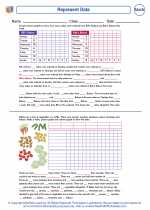
 Worksheet/Answer key
Worksheet/Answer key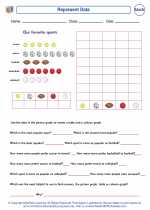
 Worksheet/Answer key
Worksheet/Answer key
 Worksheet/Answer key
Worksheet/Answer key